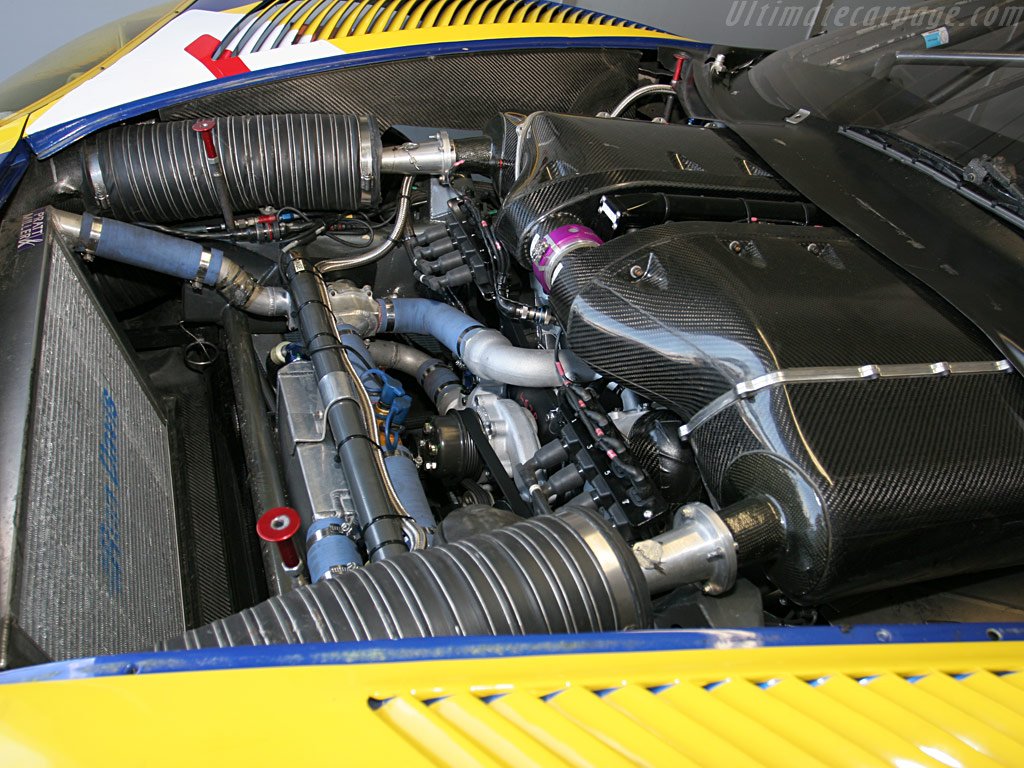Understanding boost is an important step in understanding engines overall.
All engines run on pressure. Naturally aspirated engines run on the natural atmospheric pressure. This pressure varies from the standard 14.7psi at sea level to progressively lower pressure as you gain altitude and in some cases actually higher.
Well developed ram air systems can actually create higher than 14.7 psi pressure as can high pressure areas. This is also called one BAR (one barometric pressure) and is displayed in millibars. Of course 1000 millibars is one BAR. If pressure is less than 1000 you have less natural BOOST to run if it is above 1000 you have more.
Also, one BAR is ZERO boost on a boost gauge but is in fact pressure.
Now to get a little confusing (on the road to more with understanding coming in pieces along the way) on a compressor map you will generally see pressure ratio on the left side of the graph. 1 pressure ratio is 1 atmospheric pressure. 2 pressure ratio is equivilant to 14.7 psi of boost at sea level. 3 pressure ratio = 29.4psi and so on.
Here is a picture of the highly developed and highly successful Corvette C6R race car engine, 7 liters. Notice the very small intake tubes between the large ram air tubes and the carbon fiber intake manifold. These are restrictors required by rules to limit the engines power to "even the field" if you will. By studying this design you can start understanding how to MAXIMIZE a limited amount of pressure. Keep in mind that this engine makes nearly 600hp through these TINY restrictors!

All engines run on pressure. Naturally aspirated engines run on the natural atmospheric pressure. This pressure varies from the standard 14.7psi at sea level to progressively lower pressure as you gain altitude and in some cases actually higher.
Well developed ram air systems can actually create higher than 14.7 psi pressure as can high pressure areas. This is also called one BAR (one barometric pressure) and is displayed in millibars. Of course 1000 millibars is one BAR. If pressure is less than 1000 you have less natural BOOST to run if it is above 1000 you have more.
Also, one BAR is ZERO boost on a boost gauge but is in fact pressure.
Now to get a little confusing (on the road to more with understanding coming in pieces along the way) on a compressor map you will generally see pressure ratio on the left side of the graph. 1 pressure ratio is 1 atmospheric pressure. 2 pressure ratio is equivilant to 14.7 psi of boost at sea level. 3 pressure ratio = 29.4psi and so on.
Here is a picture of the highly developed and highly successful Corvette C6R race car engine, 7 liters. Notice the very small intake tubes between the large ram air tubes and the carbon fiber intake manifold. These are restrictors required by rules to limit the engines power to "even the field" if you will. By studying this design you can start understanding how to MAXIMIZE a limited amount of pressure. Keep in mind that this engine makes nearly 600hp through these TINY restrictors!

